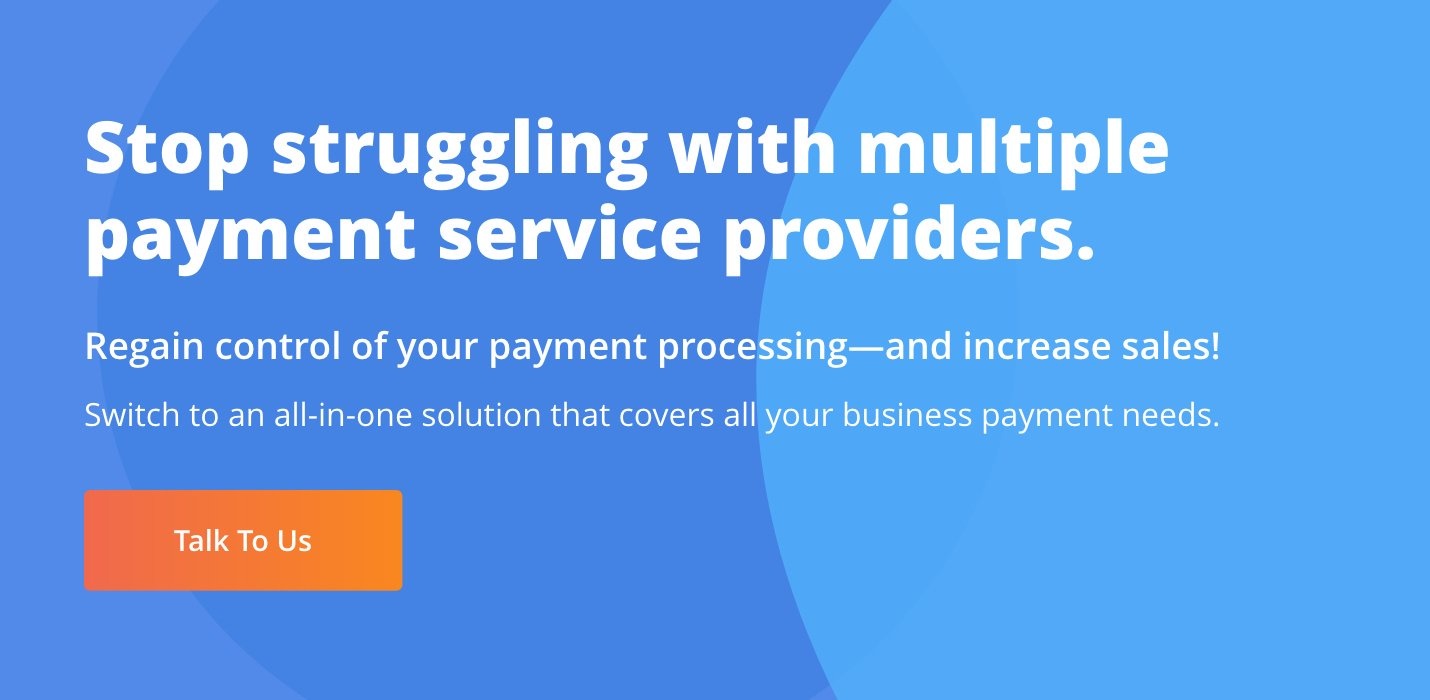A few companies have set the pace for eCommerce marketplaces. Uber has made getting around easier and more affordable than taxis. Etsy provides a home for connecting artists to buyers, and Amazon has created a way for people to buy virtually anything in just a few clicks. So what are some of the key factors to consider when creating an eCommerce marketplace? Let’s take a look.
Identify a Specific Need
This advice extends to more than just marketplaces. When you’re creating a brand or product, you’ll want to start by asking “what problem does this product solve?” If we think about Uber here, they decided to tackle transportation woes. Taxis can be hard to find, expensive, get lost, and some don’t accept credit cards. So what did Uber do? They created an easy to use, credit card connected app to help you get from point A to point B with maximum efficiency.
Connect Buyers and Sellers with Simplicity
Let’s stick with the example of Uber here. Once I’ve ordered an Uber, I’m presented with information about my driver. I’m told the car make and model, color, and license plate. I’m also provided with a small picture of my driver and his or her phone number. Not only does this address safety concerns of getting into a stranger’s car, it facilitates my experience. If the GPS coordinates of my location fail for some reason, the driver can call me, or vice versa, to help us connect and get on our way.
Offer Security
I touched on the security features Uber offers by providing license plate info, and this part is important. I certainly don’t want to get into the wrong car, but I also don’t want my payment information to get into the wrong hands. Make sure you have fraud protection, and vet your vendors carefully. If I order a new painting from Etsy, I want to be sure not only that my payment info is secure, but that the product is in fact coming from a real vendor.
Global Payments are Key
Selling seamlessly is more than offering a friendly UX. Your eCommerce marketplace will only be successful if you’ve mastered the payments piece. Make sure you’re connected to a wide range of bank networks and offer a variety of payment types and you have the ability to make payments invisible. This way your shoppers can buy from any seller in your marketplace with stored credentials, reducing friction at checkout.
Real-time Split Payments
Buyers want an easy way to pay, and vendors want to know they will receive their cut of each transaction. You’ll want to work with a payment gateway that will enable seamless real-time split commissions, so each party knows exactly what to expect. Hidden fees or uncertain figures won’t make for a marketplace with happy sellers; keeping both the shopper and the seller happy are critical for marketplace success.
Reporting on Success
In a Marketplace model, you need to run full reports on both the success of the overall marketplaces as well as the success of each individual seller. Robust reporting from your payment gateway helps provide the insights both you and your sellers need to grow the business. After all, you have big plans to disrupt the industry with your marketplace – you need to know if you’re getting there quickly enough.
More and more marketplaces are popping up in the eCommerce world, which means it even more important that you are providing the best possible experience. Check out our Marketplace solution now to wow your buyers and sellers.


